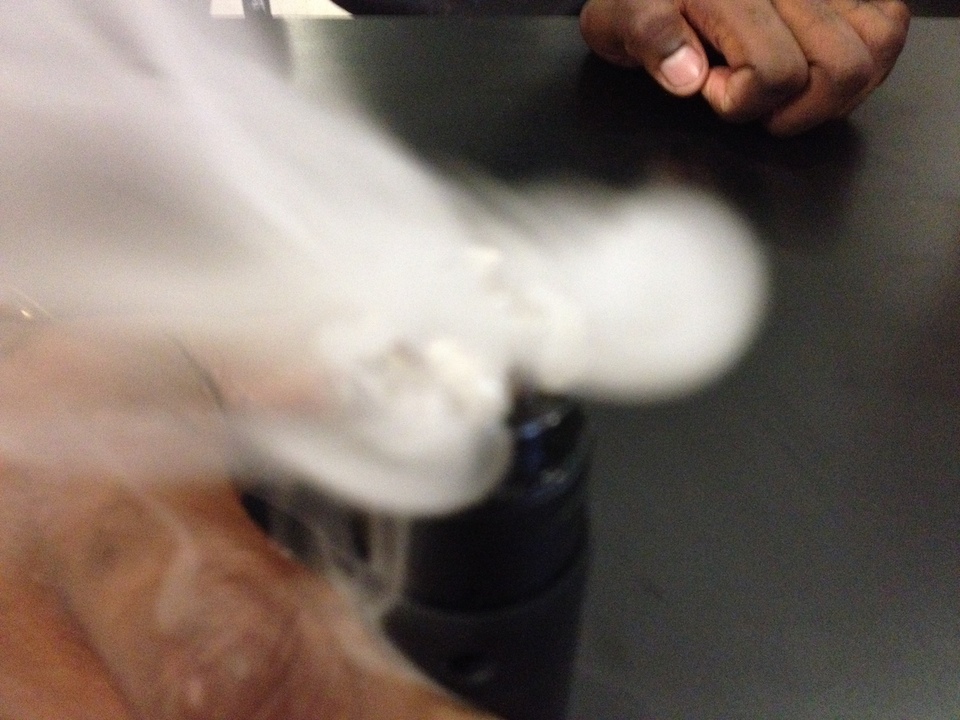Thx fellas for the keen observations. It's not hard to make a contact coil. It doesn't have to be hard to make a t.mc. if we understand what it is we're trying to get to. It's a point or an extent of elongation.
@Robbert, the blue color is indeed an indication of alumina development. Overpowering this can rapidly deplete surface aluminum I understand, perhaps spoiling the structural potential of a beneficial uniform layer since hotter parts of the coil will rapidly exude it.
As for the video, with a 4.2V at full bore on a mech you're blowin' right past all I've noted on how to induce oxidation on this and the Protank Micro thread. That's why the coil goes too hot. It's a
short. And we guarantee it'll stay one by torching, over tensioning (excess elongation) or pulsing the bejeezus out of it.
Two things to remember…first, low-voltage pulsing promotes even oxidation at low wire temp's; and, at
only a small sacrifice of the rigidity imparted by strain winding. However, the dual process assures that the (output) efficiency gained avoids the need thereafter to apply
a higher power than needed to form and insulate the coil…to achieve the desired temp performance.
That is why t.m.c.'s remain effective, durable and consistent for temp in operation, i.e. they tend to remain an insulated contact coil (not prone to overheating). The uniformity of power yields a higher vaporization rate
so you don't need as much power to vape. You want higher temp, design a coil that yields it. But it will run cooler than the power required to create it because of the greater vape rate. That's the point.
The problem with starting out with an inadequate microcoil (spaced) is that it always wants to return to the state it was wound in operation (with the effects of temp expansion and cooling). Eventually, they remain open coils losing the performance advantages of a t.m.c. Conversely, a tightly formed (on a coiler) micro that's been only slightly spread manually may lose rigidity with repeated heating and start to retract to its orig dimension and intermittent contact. Having lapses in oxidation they may go unexpectedly hot in operation overall or in segments. If what's wanted is an open coil, I'd wind a precision one on a screw, single wire or twisted.
So for example, a rapid oxidation at end-turns of one coil will likely yield a constant temp mismatch. Can't fix that. A phrase I've long and often used…baby steps. However, gaining consistency in the amount of strain applied can lead to readily cranking out matched pairs that go fully oxidized within a few healthy pulses. It is a rather simple process that doesn't require a lot of patience. Just careful attention.
It's far, far easier to train to build to the strain threshold just beyond the start of wire elongation (sticky) with a pin vise than all the workarounds and fiddly you see everywhere to coax contact coils to behave. I've heard all the black magic. There is a point of balance for the wind and that's what I've been writing about for three years.
Good luck.





